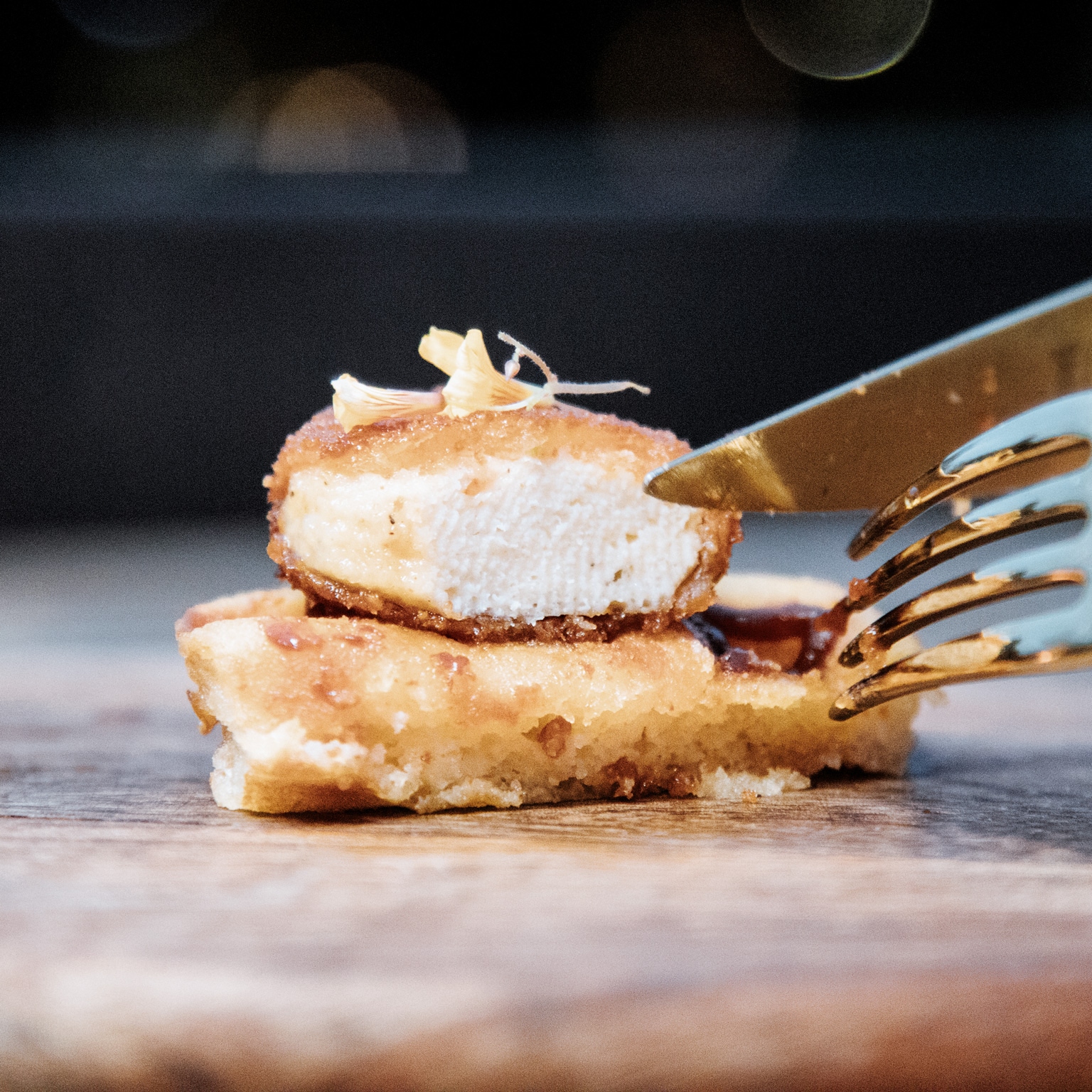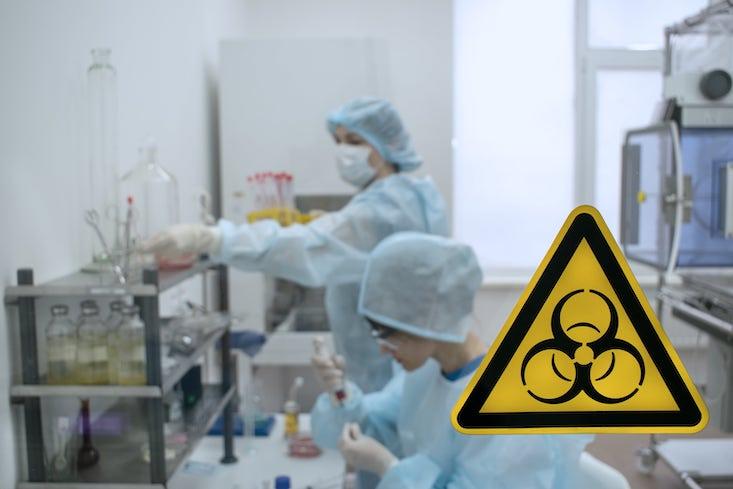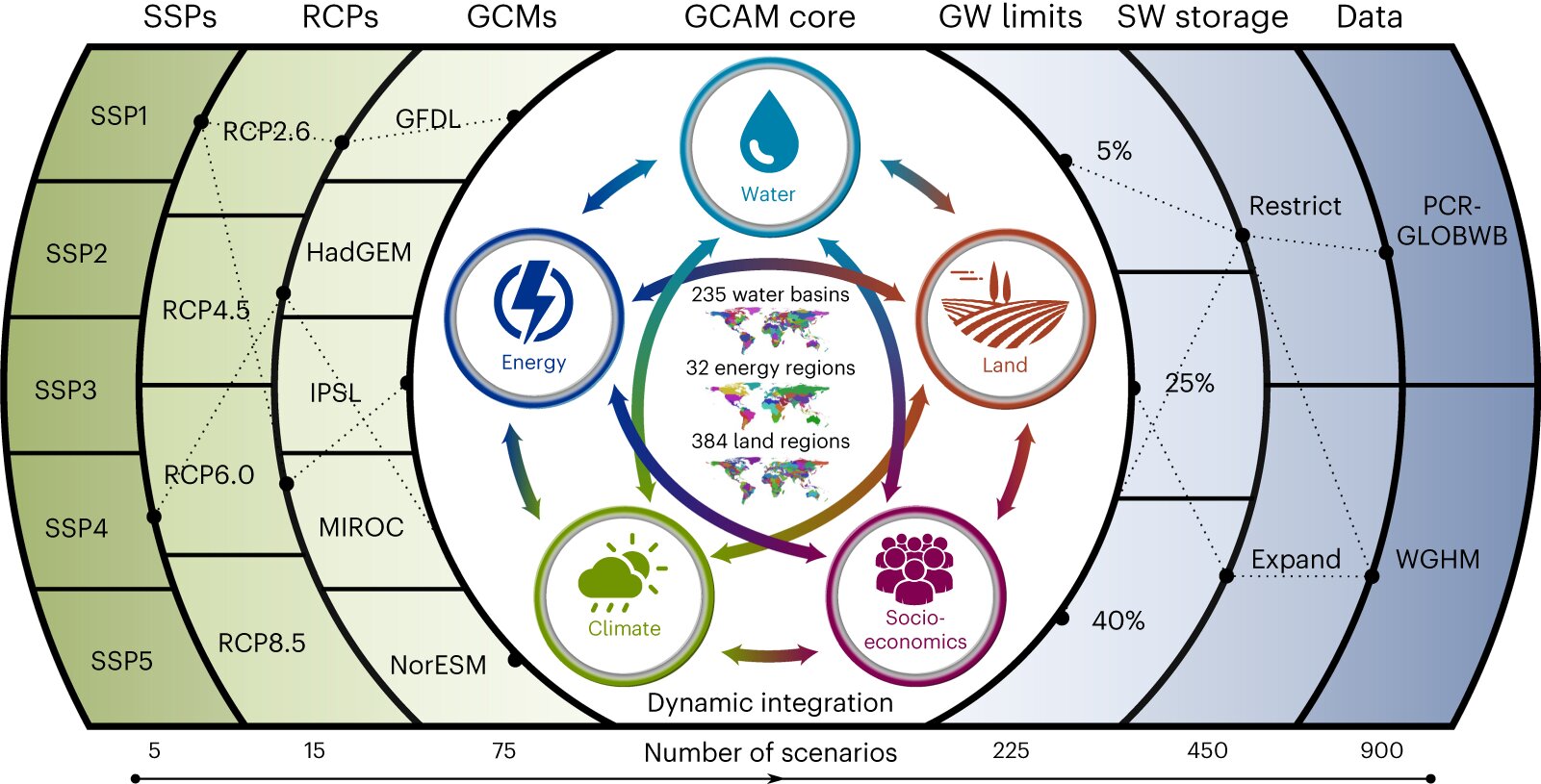
Cultivated meat: Out of the lab, into the frying pan
Cultivated meat, a product that a handful of restaurant patrons bit into for the first time in December, could change the world’s menus in astonishing ways. It could mean that one day consumers will pay no more for Wagyu beef and bluefin tuna than for chicken nuggets and burgers. It could mean a small island could serve up beefy platters at the same cost and efficiency as a continent with wide, grassy plains. By 2030, cultivated meat could provide as much as a half of 1 percent—billions of pounds—of the world’s meat supply, with implications for multiple sectors.
If these sound like sci-fi fantasies, consider that just a decade ago, cultivated meat was little more than the futuristic dream of a handful of academic scientists. Instead of relying on animal husbandry to provide meat, or approximating the characteristics of meat with plants, they endeavored to create meat by taking small samples of animal cells and growing them in a controlled environment. Through manipulation of cell density and shaping techniques, the resulting product could be made to replicate the experience of eating, say, chicken breast or ground beef (Exhibit 1).
This mission seems to be becoming reality, demonstrating the speed at which advances in biological science are fueling a wave of innovation. Since developing the first prototypes, companies have been able to reduce production costs by 99 percent. In late 2020, at an upscale club in Singapore—the only country thus far to approve consumption of cultivated meat—diners feasted for the first time on crispy sesame chicken with the central ingredient grown from animal cells. Regulatory bodies in the United States have announced agreements to regulate the product, while the European Union awarded a multimillion-euro grant for research. The industry, which at present comprises fewer than 100 start-ups, attracted roughly $350 million in investments in 2020 and about $250 million thus far in 2021 from some of the largest animal-protein players, including Tyson and Nutreco, and well-known investors, including Temasek and SoftBank.











/cdn.vox-cdn.com/uploads/chorus_asset/file/25416369/STK473_NET_NEUTRALITY_CVIRGINIA_A.jpg)









